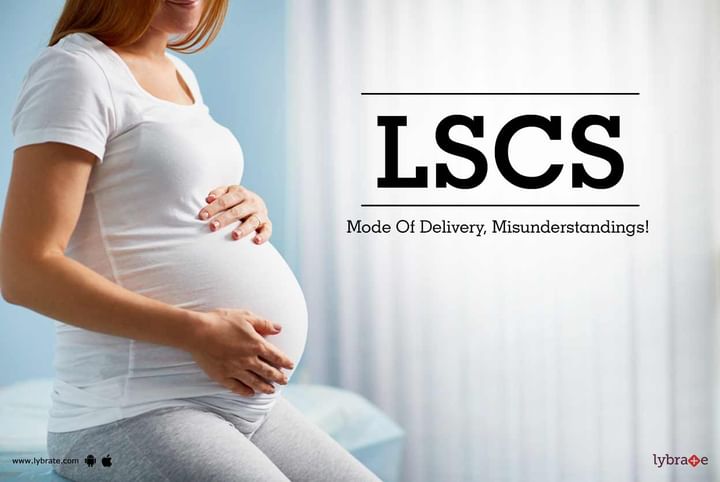LSCS: Mode Of Delivery, Misunderstandings!
One of the most important choices before a pregnant woman about to give birth is whether to have a normal delivery or a cesarean delivery. Today, both are equally common. A normal delivery involves pushing the baby out through the vagina. A cesarean delivery involves a small surgical procedure to cut open the mother’s abdomen and uterus to take the baby out. A Lower Segment Cesarean Section or LSCS is the most common cesarean procedure.
At the beginning of this procedure, a catheter is inserted into the bladder to collect urine through the course of the surgery. An epidural or spinal anesthetic is administered that numbs the woman from the waist down. In some cases, a general anesthetic may be given in its place. A horizontal cut is then made along the pelvic line of the abdomen through which the baby is delivered. Once the baby has been taken out of the uterus, the umbilical cord is cut and the mother is given an oxytocin injection to induce uterine contractions. This helps separate the placenta which can then be removed. Lastly, the uterus is sutured closed with soluble stitches and the abdominal wall is also stitched or stapled.
Misconceptions - Debunked!
There are a number of misconceptions surrounding a Lower Segment Cesarean Section procedure. Some of the most common amongst them are:
- A woman who has an LSCS cannot breastfeed her baby: Though the transition from colostrum to mature milk may take longer after LSCS, it does not have to keep a mother from breastfeeding her child. In most cases, the onset of mature milk is delayed by only a day or two. You can also facilitate breastfeeding by asking a nurse or a lactation consultant for advice on how to breastfeed your baby while lying on your side. This keeps the weight of the baby off your incision.
- A mother cannot have skin to skin contact with her baby after delivery: This varies case to case. It depends on a number of factors including the amount of anesthesia you are under. However, in most cases, doctors will allow you to have skin to skin contact with your baby after delivery. This helps stabilize the baby’s temperature, heart rate, and breathing. It is best to check hospital protocols on this before being admitted for delivery.
- Recovery for a normal delivery and LSCS is the same: Recovery in the case of LSCS can take up to 6 weeks while in the case of a normal delivery; this will take only 1-2 weeks. In some cases, a hospital stay may be needed even after a normal delivery but it is usually for a very short period of time.
In case you have a concern or query you can always consult an expert & get answers to your questions!



+1.svg)
